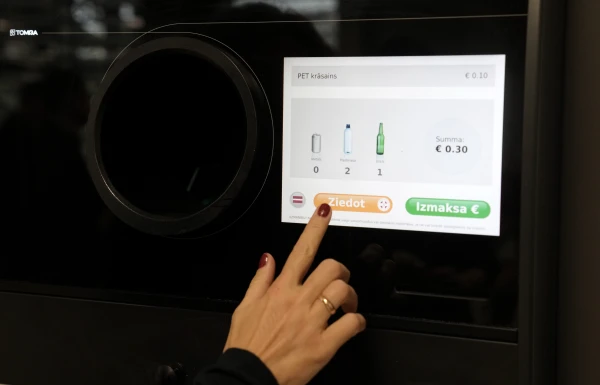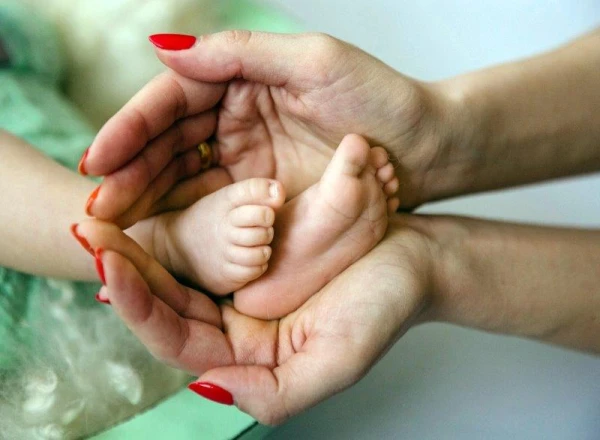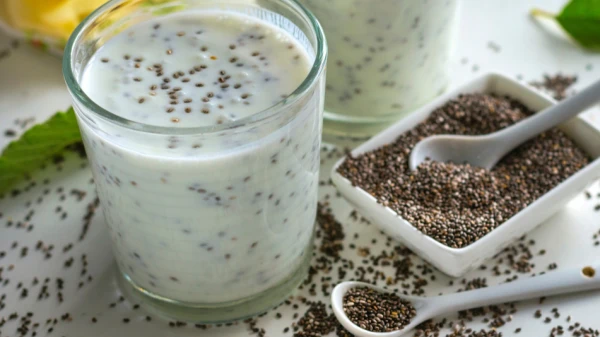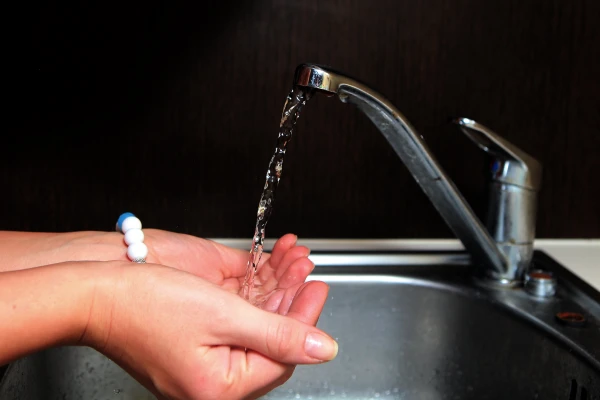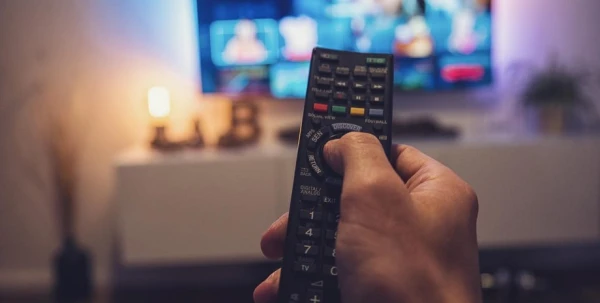
Many are accustomed to considering the toilet seat one of the dirtiest places in the house. But studies show that there are items whose surfaces harbor far more bacteria. And you use them every day.
Can you imagine how dirty a kitchen sponge or a refrigerator handle can be? It turns out that the concentration of microorganisms on these surfaces is so high that most of them exceed the biological activity levels of a toilet seat lid by tens or even thousands of times. Not to mention mobile phones and remote controls, which we forget to clean and disinfect in time.
Kitchen Sponge
Researchers at the University of Arizona found that a typical kitchen sponge can contain around 10 billion microbes per cubic inch (which is roughly equivalent to the volume of a teaspoon).
Microorganisms thrive in moist environments, and since sponges stay wet for a long time, they become an ideal home for bacteria. Scientists warn that simply washing the sponge with hot water won't help — it's better to just replace it more often.
Kitchen Sink
Experts have determined that the inner surface of a sink can be contaminated on average 180,000 times more than a toilet seat lid. Escherichia coli, Salmonella, and Staphylococcus aureus bacteria thrive there due to food residues and moisture. Therefore, experts recommend regularly disinfecting the sink with special agents that prevent the growth of pathogenic microorganisms.
Refrigerator Handle
Almost all family members touch the refrigerator handle multiple times a day. Research shows that it contains about 83% of all possible pathogenic microorganisms.
During cooking or opening packages, hands inevitably leave traces of microbes on the refrigerator handle. This creates an additional risk of transmitting infections to other family members or guests who will use the same handle.
Phone and Tablet
The surface of a smartphone can harbor up to 25,000 bacteria per square centimeter of its casing. We rarely think about the hygiene of our phones, even though we use them almost around the clock, touching the screen with our fingers after eating, using the restroom, or taking public transport. Scientists strongly recommend wiping the smartphone screen with an antibacterial wipe at least twice a week.
TV Remote Control
Typically, remotes are left on the couch or coffee table, collecting everything: crumbs, drink spills, fingerprints. An experiment revealed that the overall level of bacteria and yeast on the remote's surface reached 290 CFU per cm² (colony-forming units per square centimeter). A significant amount of mold was also found. Apparently, wrapping it in plastic or using a cover isn't such a bad idea after all.
Door Mat
This item collects all the outdoor dirt, sand, snow, and rain from shoes. According to one study, a home mat can hold up to 2 million particles of dust and dirt. Even after thorough cleaning, mats remain sources of potential threats, especially if children or pets live in the apartment.
Toothbrush
Hygienists consider toothbrushes to be one of the dirtiest household items. After each rinse, the bristles remain wet, creating comfortable conditions for the growth of fungal spores and bacteria. Experts recommend replacing toothbrushes every three months.
Light Switch
Each press of a switch leaves a layer of skin cells and dirt. They are often contaminated with intestinal bacteria and cold viruses. It is recommended to disinfect switches during cleaning and even more frequently during seasonal peaks of flu illnesses.
Door Handles
The surfaces of doors and windows pose a particular risk of contamination. A simple example is that you touch them with hands that have held money or public transport handrails. The result is the active proliferation of pathogens. A recent publication of scientific works confirmed the existence of a link between the frequency of touching handles and the development of intestinal diseases.
Pillows and Bedding
It may seem that clean pillows and blankets are unlikely to pose any threat. However, scientists have concluded that about 50% of people sleep on pillows covered with dust mites and mold. At night, the body releases a significant amount of moisture, creating excellent conditions for microorganisms to thrive. Allergy sufferers and asthmatics are particularly at risk.
